Fast and furiouso: Gianni Piacentino takes Fondazione Prada
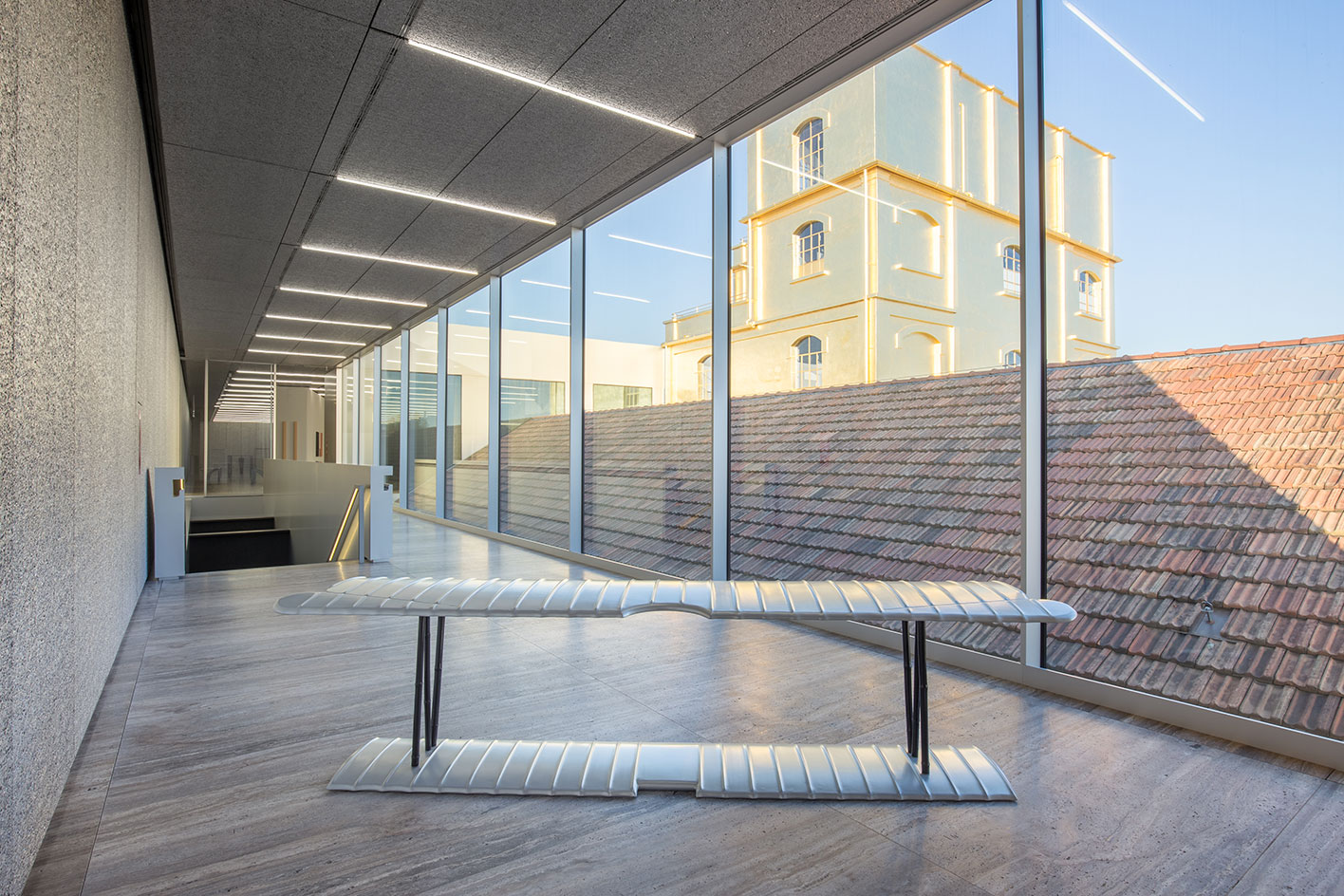
It seems entirely fitting that the frankly remarkable new Fondazione Prada kicks its curatorial programme into top gear with the meticulous speed-freak minimalism of Italian artist Gianni Piacentino. Curated by Germano Celant, the exhibition, taking over two levels of the complex’s Podium galleries, includes 100 pieces, covering Piacentino’s career from 1965 to today.
Turin-based Piacentino, now 72, was a key figure in the development of the Arte Povera movement but quickly went his own way. And quickly. Piacentino is obsessed with vintage motorbikes and aeroplanes and many of his works are pared down abstractions of these dream machines; bits of wing or engineless frames and chassis, but always precisely engineered and beautifully finished (Piacentino restores and repaints vintage bikes for fun and was, for a short while, a professional bike racer). A dab hand at everything from websites to print catalogues, Piacentino even produced a limited edition cover for Wallpaper* earlier this year (W*196).
Piacentino’s work is a kind of Pop influenced minimalism, high on speed and paint fumes and the heavy then delicate artisanship of the body shop. As Celant says, Piacentino’s art roars out of somewhere ‘between art and design, craftsmanship and manufacturing, the useful and the useless, singularity and seriality.’ And is born of a ‘background culture rich with applied sciences, artisan expertise, mechanical precision and engineering processes.’ Vroom vroom. Except not quite, not just. There is something plainly elegiac in the work, slow and reverent. For Celant, Piacentino’s career represents ‘an absolute escape from the imperfection, instantaneity and randomness of making art, in order to access a universe of perfection, calculation and concentration that can compete with a motor or flight vehicle, on both sublime and absolute levels.’
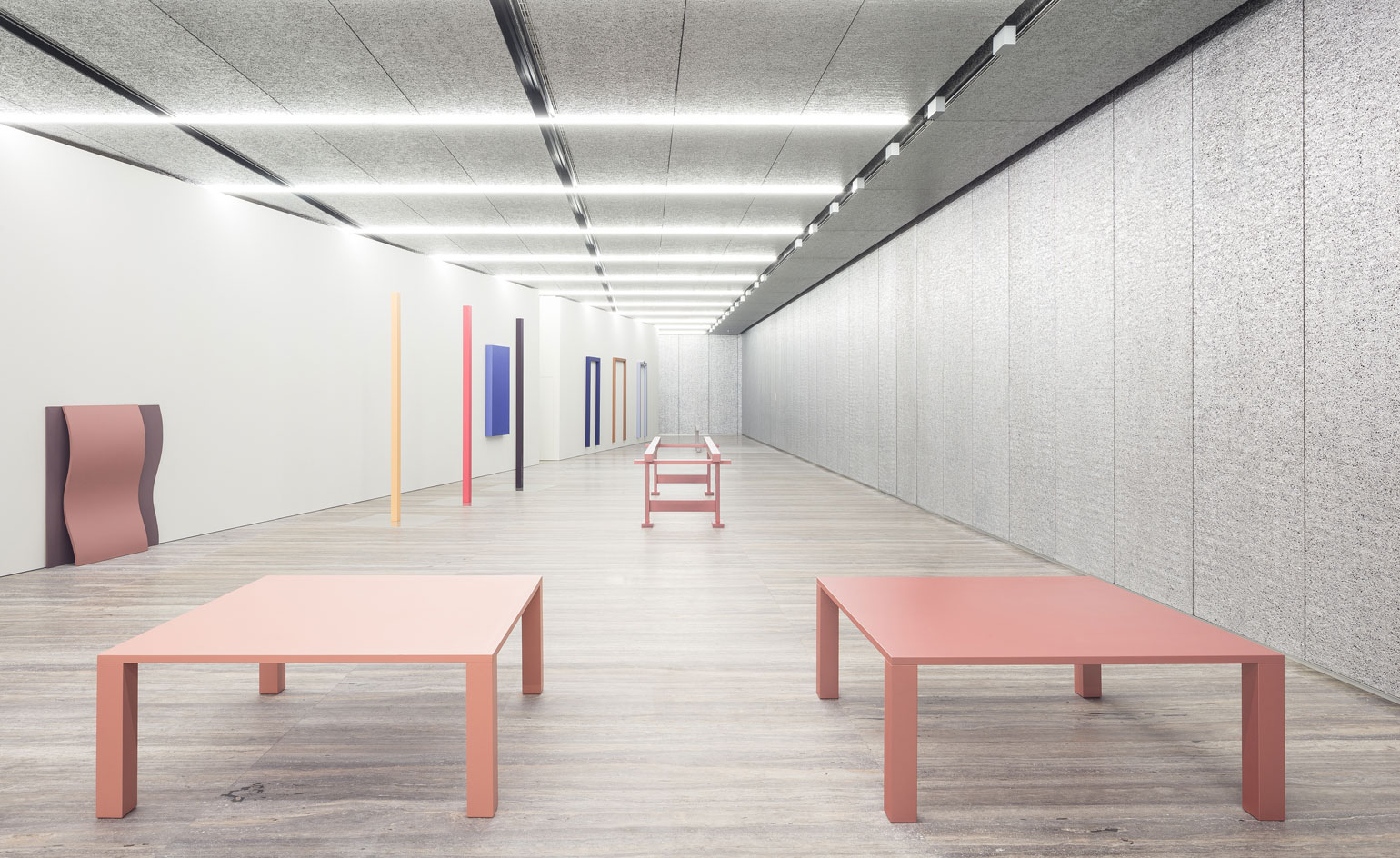
Curated by Germano Celant, the exhibition takes over two levels of the complex’s Podium galleries and includes 100 pieces, spanning Piacentino’s career from 1965 to present day.
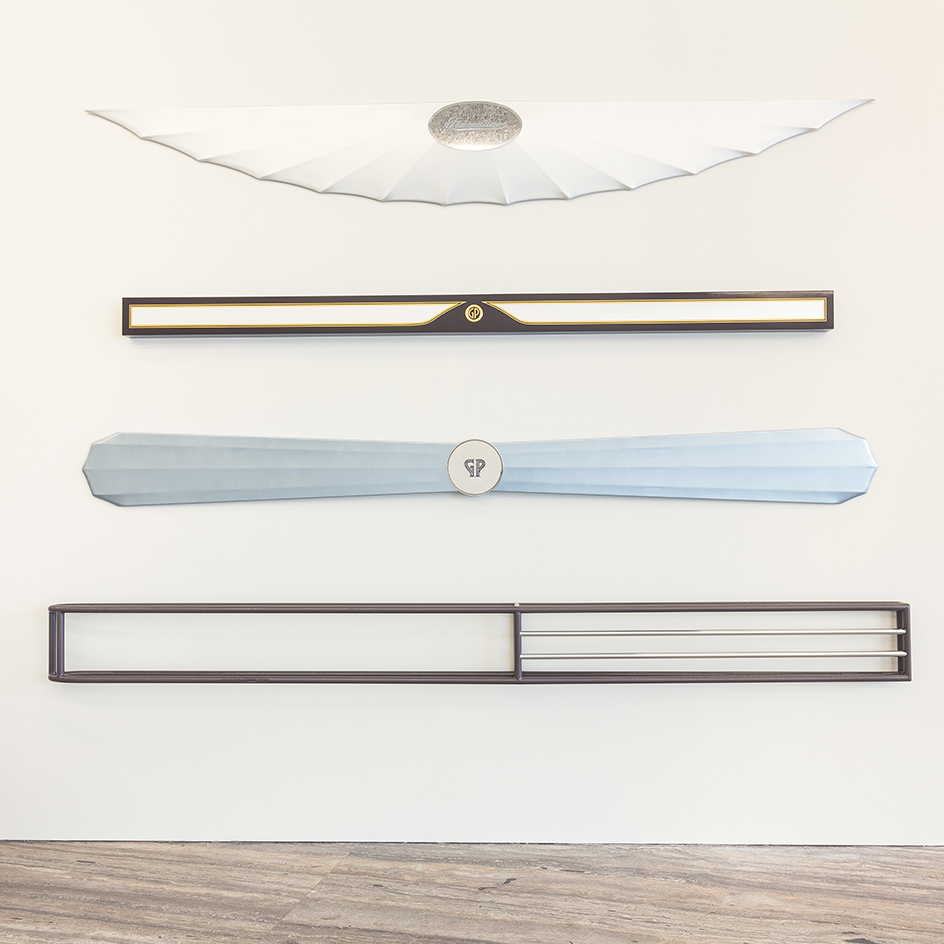
From top to bottom: Pearl wall wing with signed nickel plate, 1971; Amaranth and pearl decorated and initialed rectangular bar, 1971; Turquoise-gray pearl proppeller-wing with initialed nickel plate I, 1971; Race (F.H.W.) 3, 1991. Photography: Delfino Sisto Legnani. Courtesy: Fondazione Prada
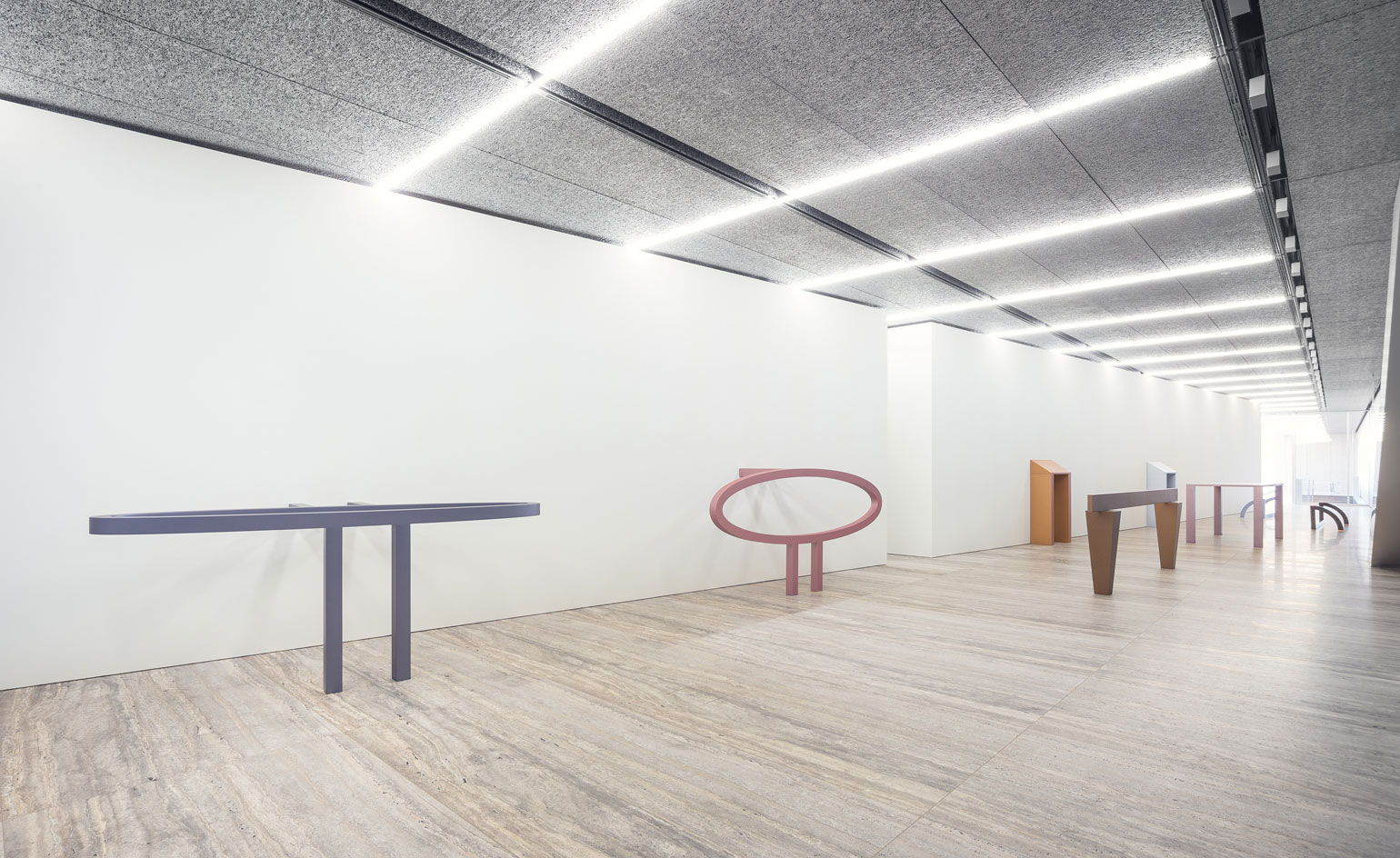
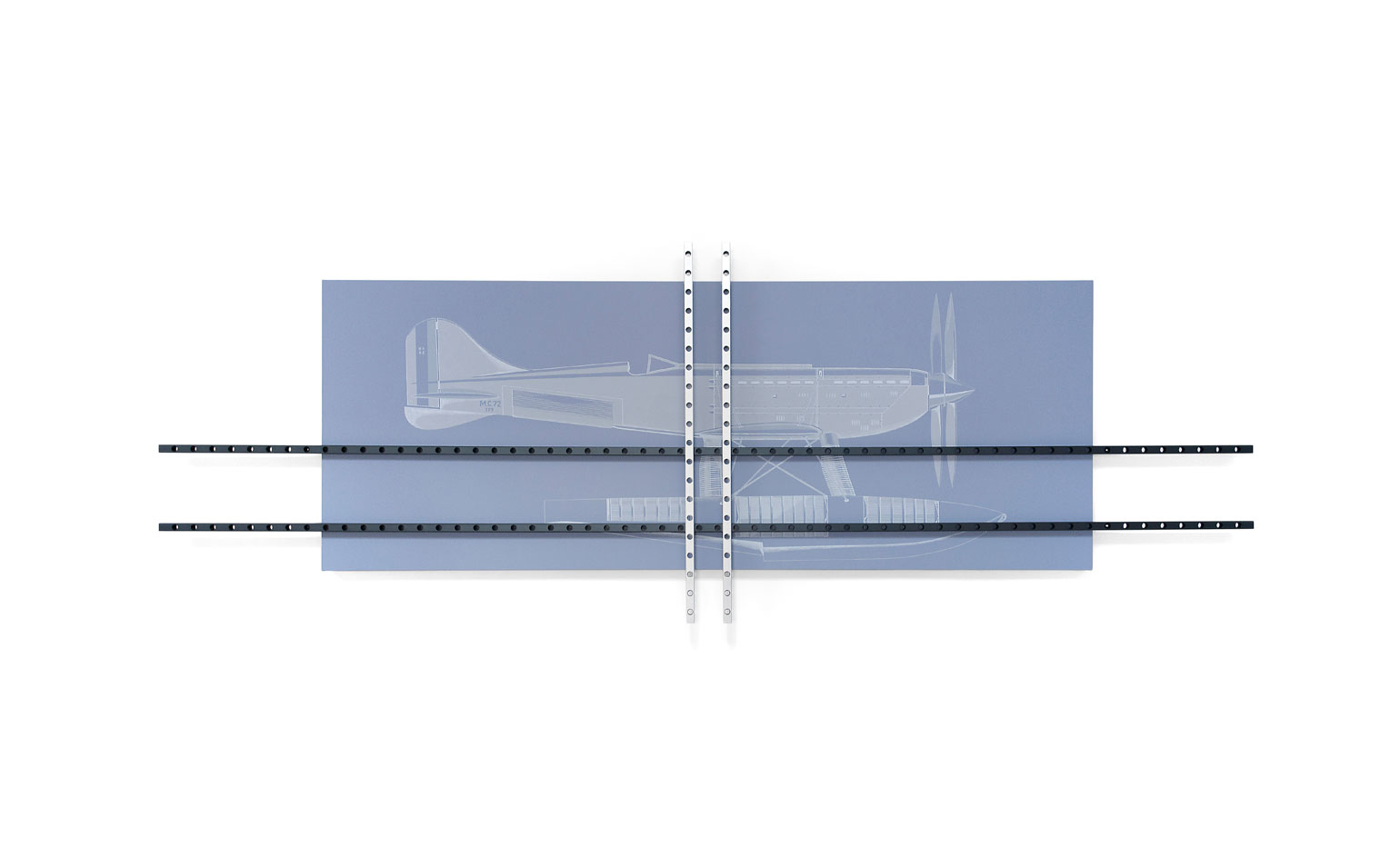
Pictured: Build Seaplane (MC72)_4, 2010.
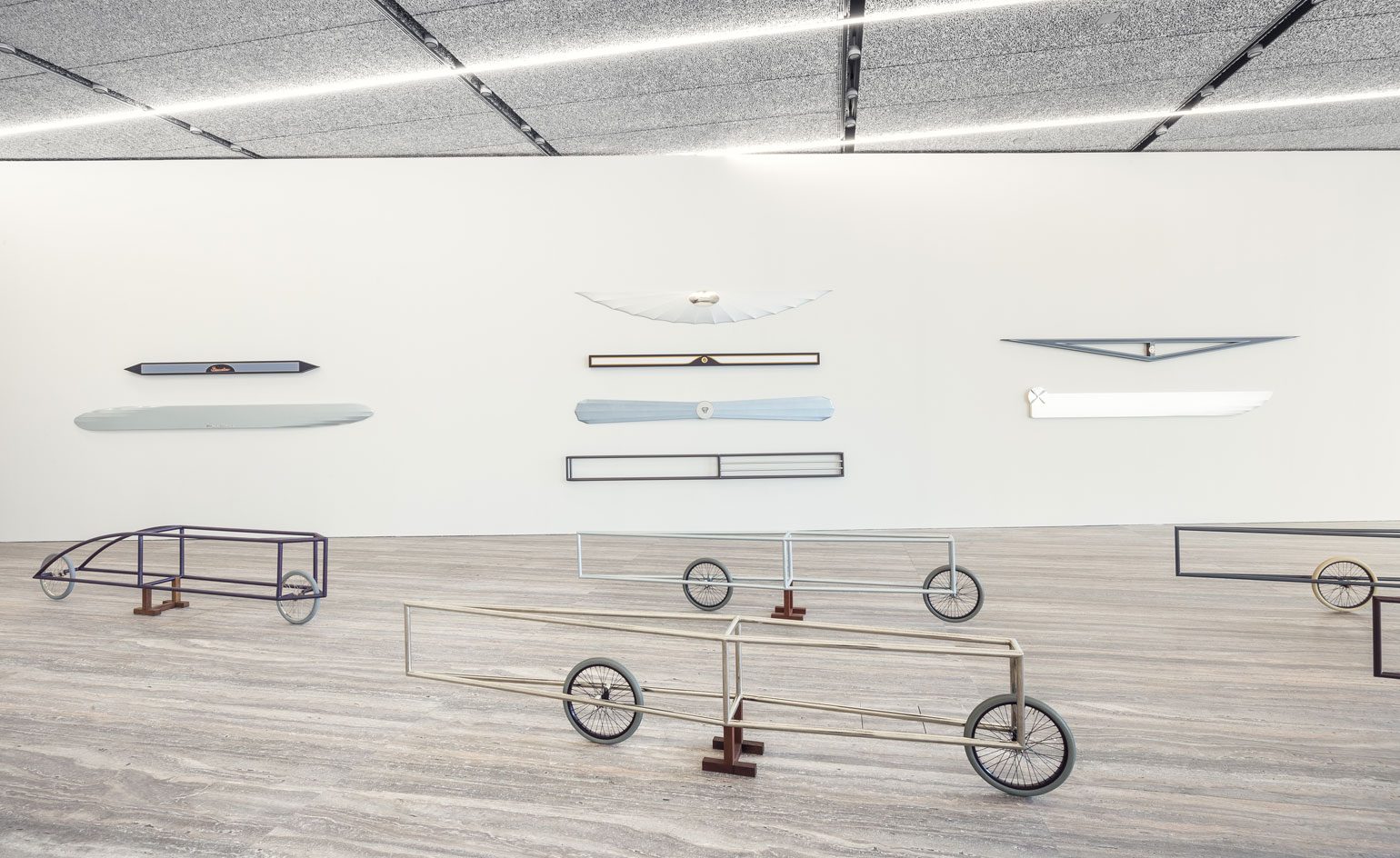
As Celant says, Piacentino’s art roars out of somewhere ‘between art and design, craftsmanship and manufacturing, the useful and the useless, singularity and seriality.’ Photography: Delfino Sisto Legnani. Courtesy: Fondazione Prada

Pictured left: Light-blue silver reading-desk object, 1967-1968. Right: Light-blue gray looking-glass object, 1967-1868.
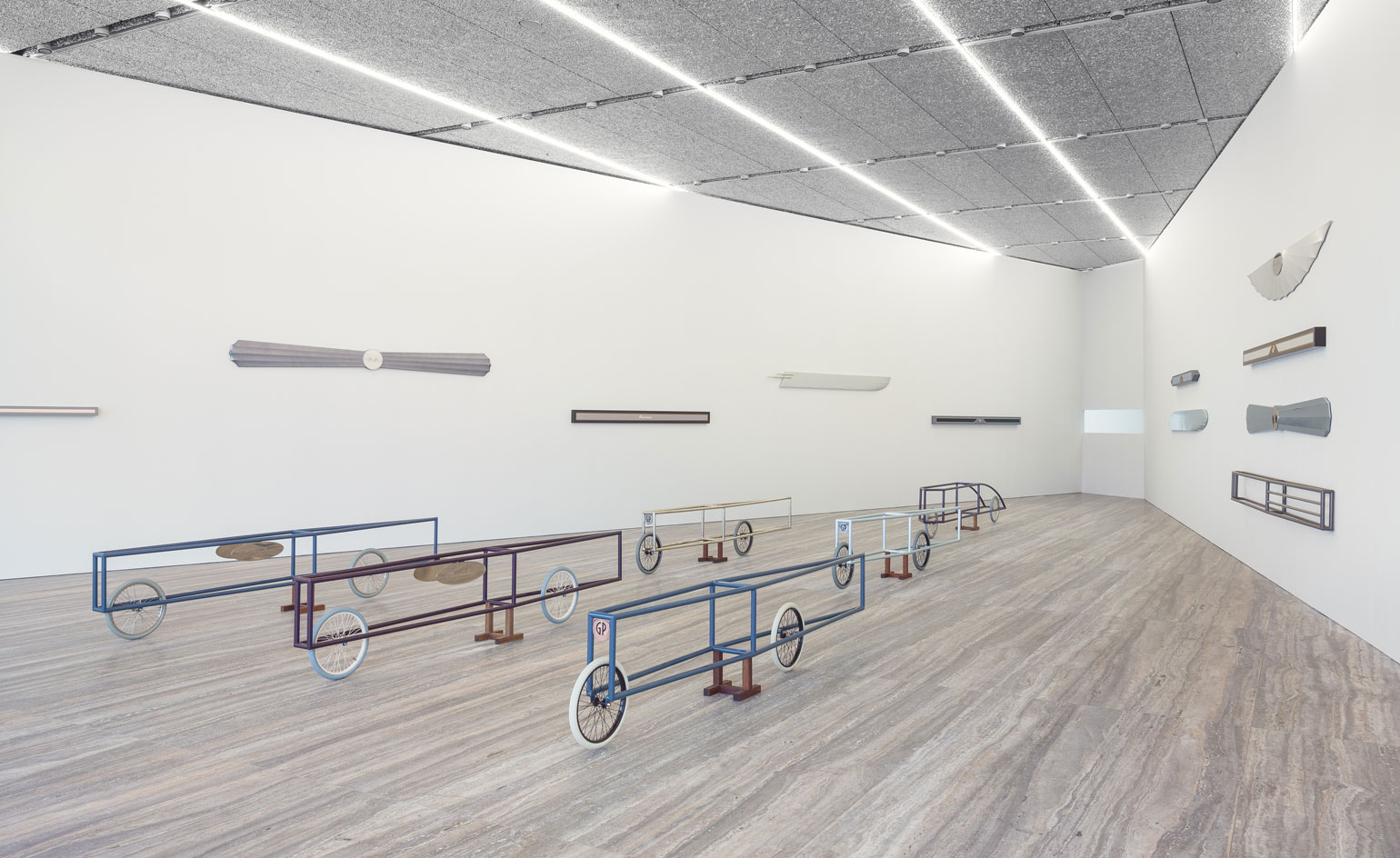
There is something plainly elegiac in the work, slow and reverent.
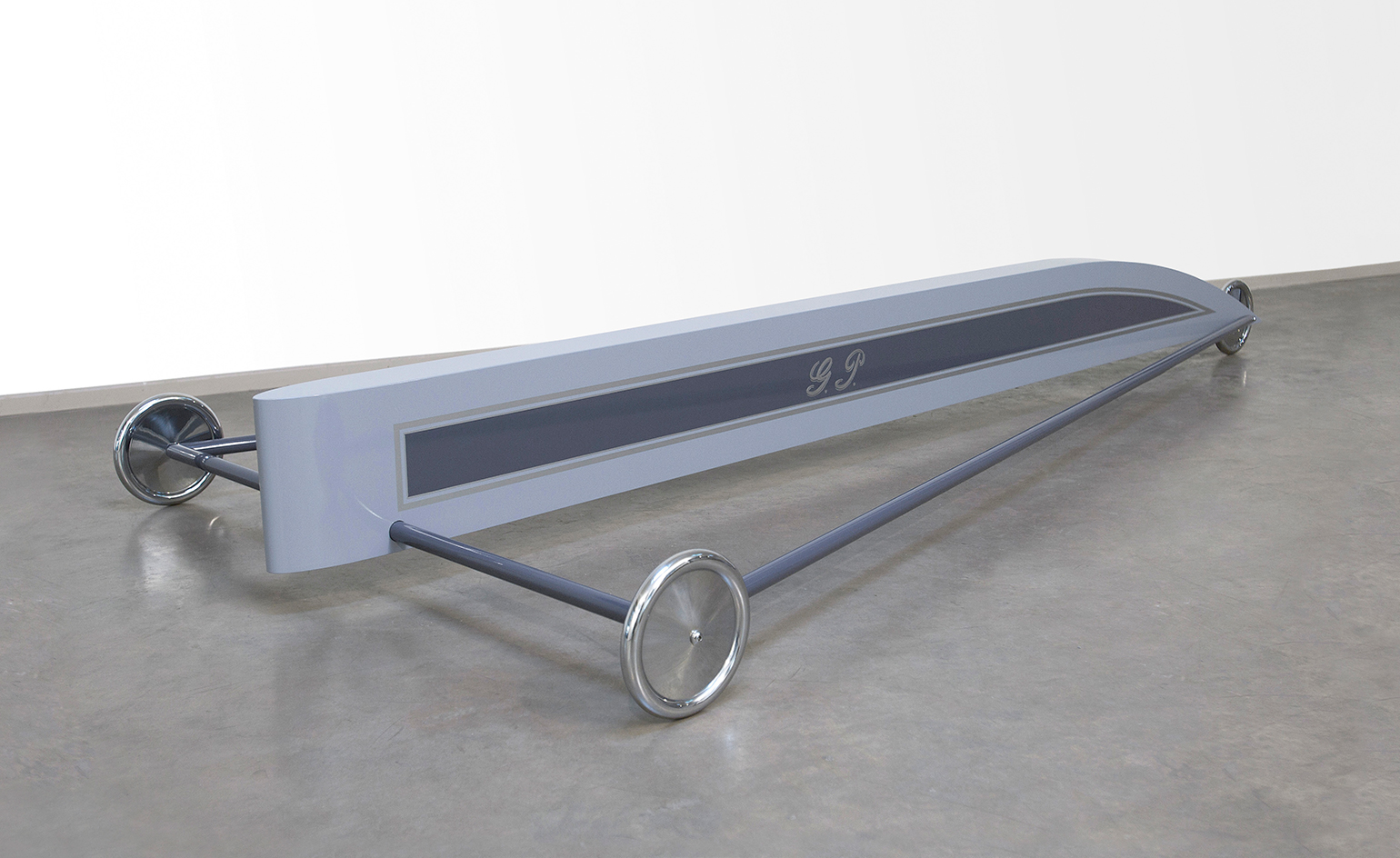
Pictured: Gray, purple-gray, silver triangle vehicle, 1971-1972.
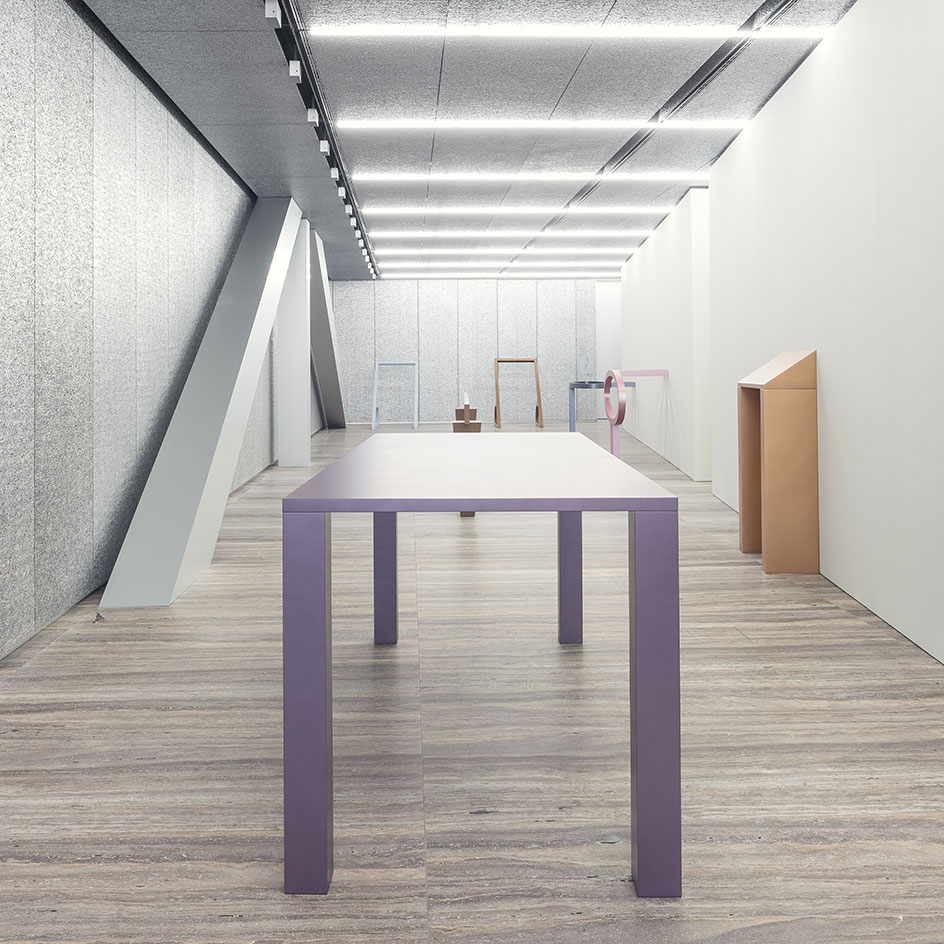
Pictured center: Matt metal brown-purple big table sculpture, 1967–68. Right: Metalloid orange-ochre reading-desk object, 1967–68. Photography: Delfino Sisto Legnani. Courtesy: Fondazione Prada
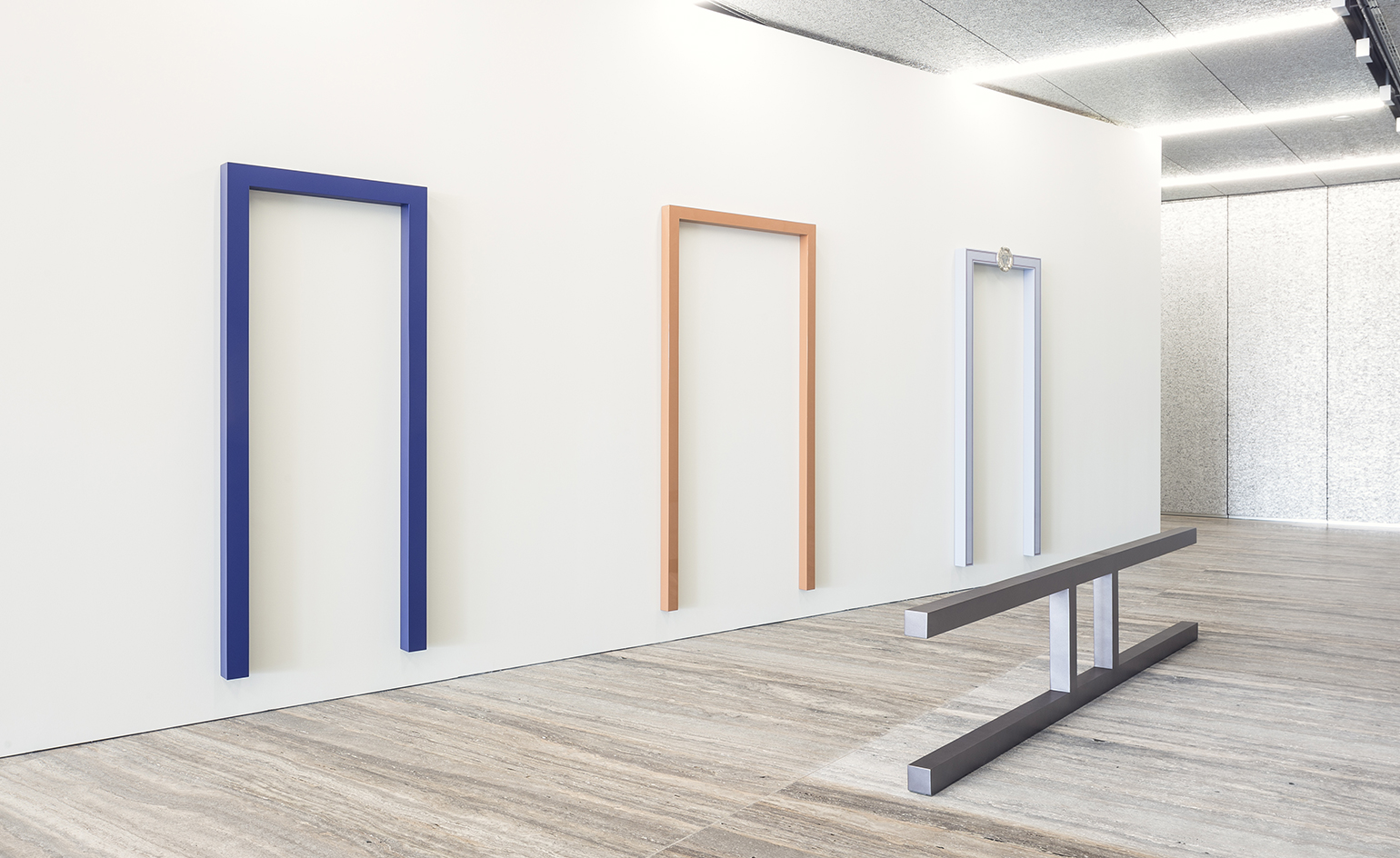
For Celant, Piacentino’s career represents ‘an absolute escape from the imperfection, instantaneity and randomness of making art, in order to access a universe of perfection, calculation and concentration that can compete with a motor or flight vehicle, on both sublime and absolute levels.’
INFORMATION
’Gianni Piacentino’ is on view until 10 January 2016 at Fondazione Prada website
Receive our daily digest of inspiration, escapism and design stories from around the world direct to your inbox.
-
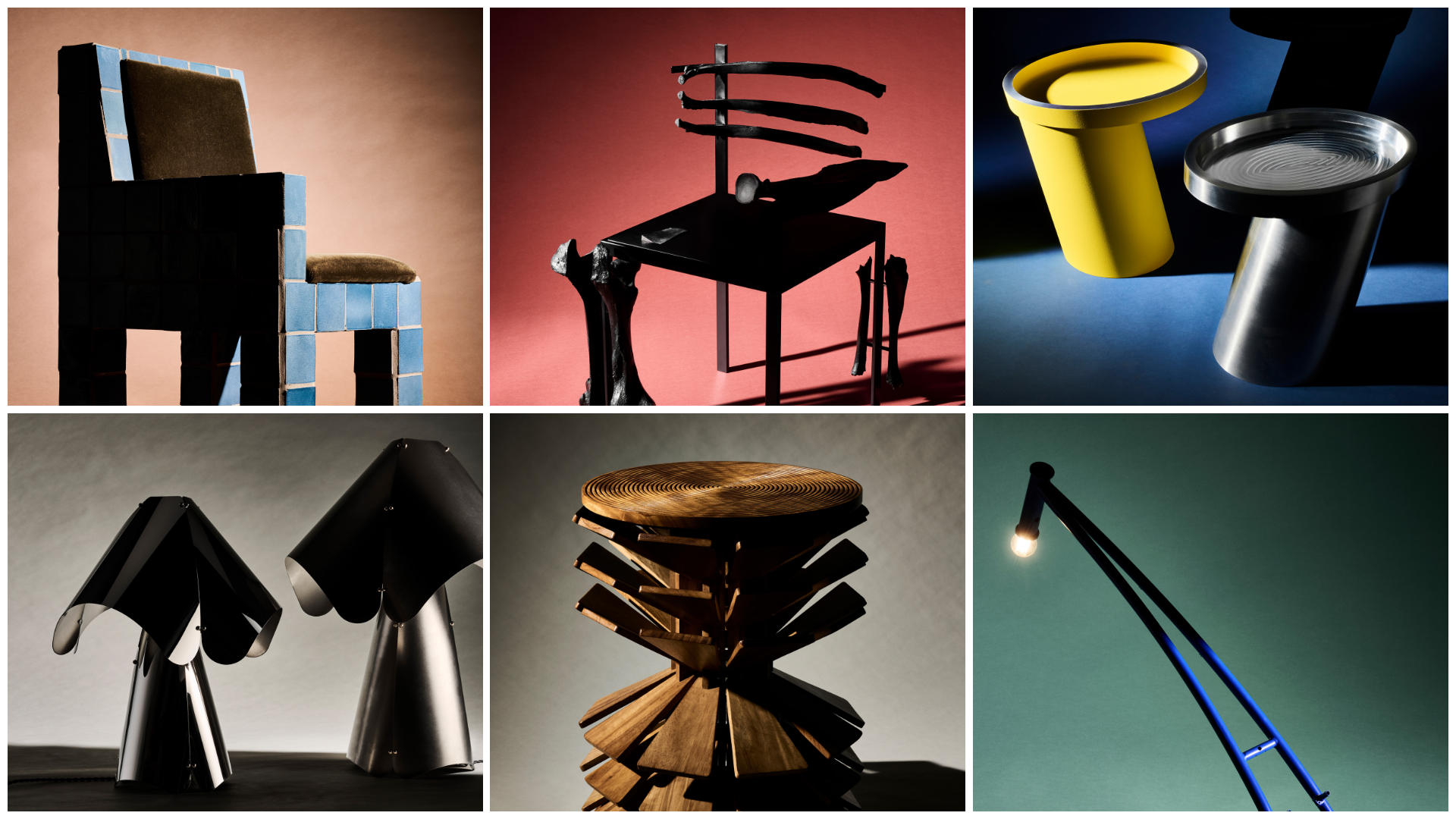 These are the 12 emerging designers we are excited to follow into 2026
These are the 12 emerging designers we are excited to follow into 2026These are the designers to watch for 2026: from unpredictable glassmakers to furniture designers working with bones, textile artists exploring ancient techniques and makers giving new life to mundane tools
-
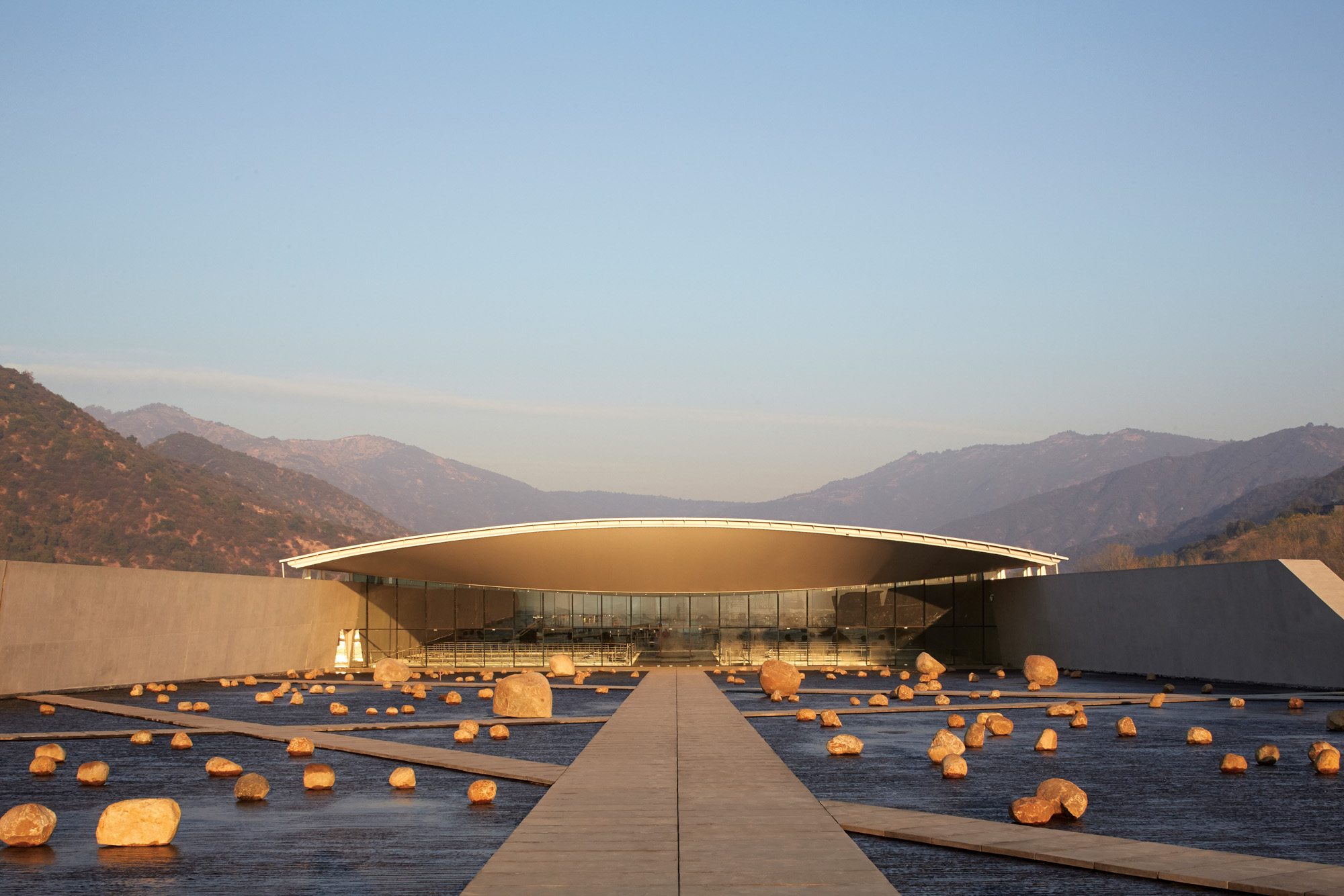 Traditional methods underpin Smiljan Radic's designs: 'I am not a creator of new shapes'
Traditional methods underpin Smiljan Radic's designs: 'I am not a creator of new shapes'Smiljan Radic is building a reputation with fabric roofs, fake ruins and a supporting cast of boulders; we visit a story from the Wallpaper* archives, exploring the architect's work, from a Chilean winery to London’s 2014 Serpentine Pavilion
-
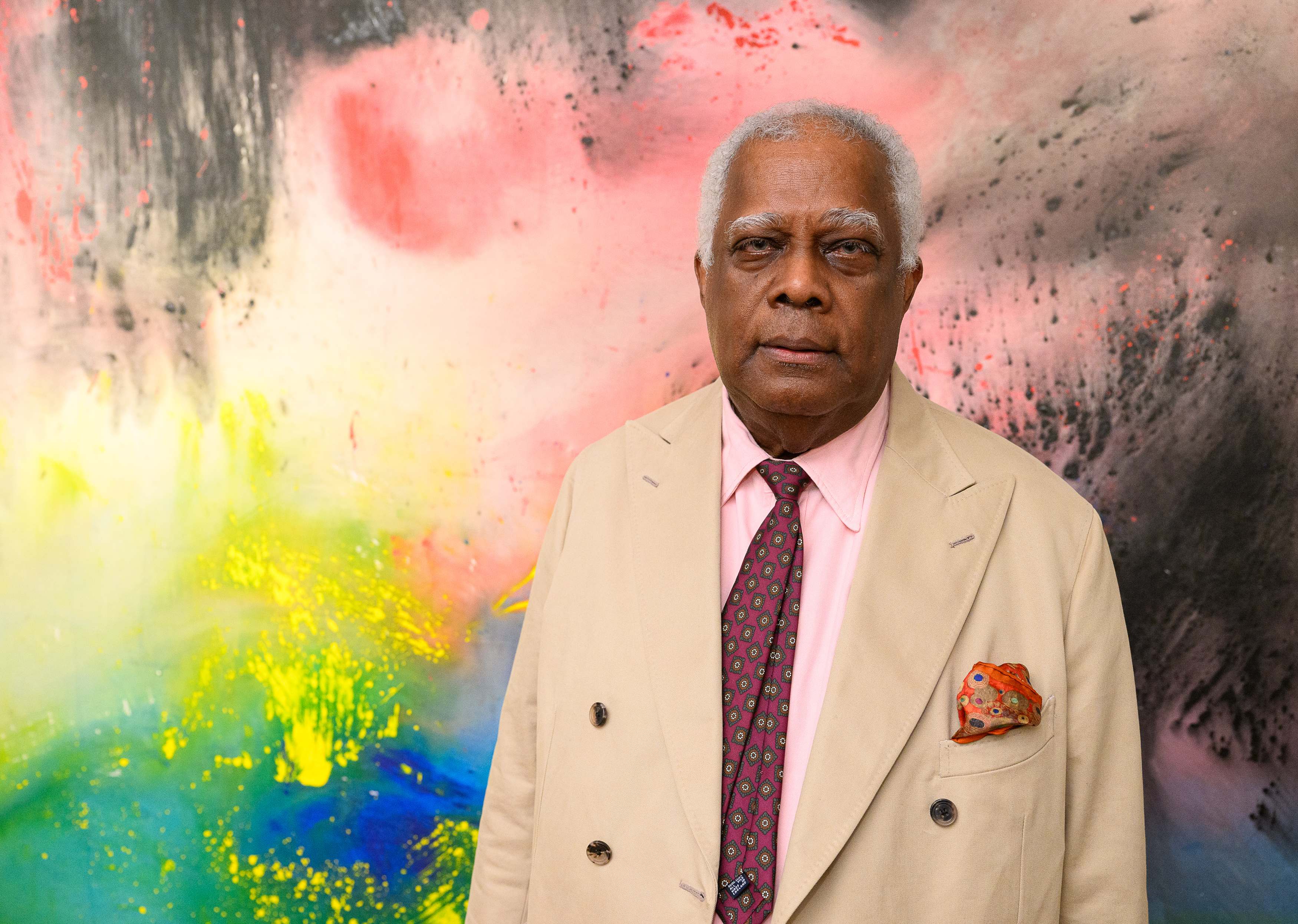 Winston Branch searches for colour and light in large-scale artworks in London
Winston Branch searches for colour and light in large-scale artworks in LondonWinston Branch returns to his roots in 'Out of the Calabash' at Goodman Gallery, London ,
-
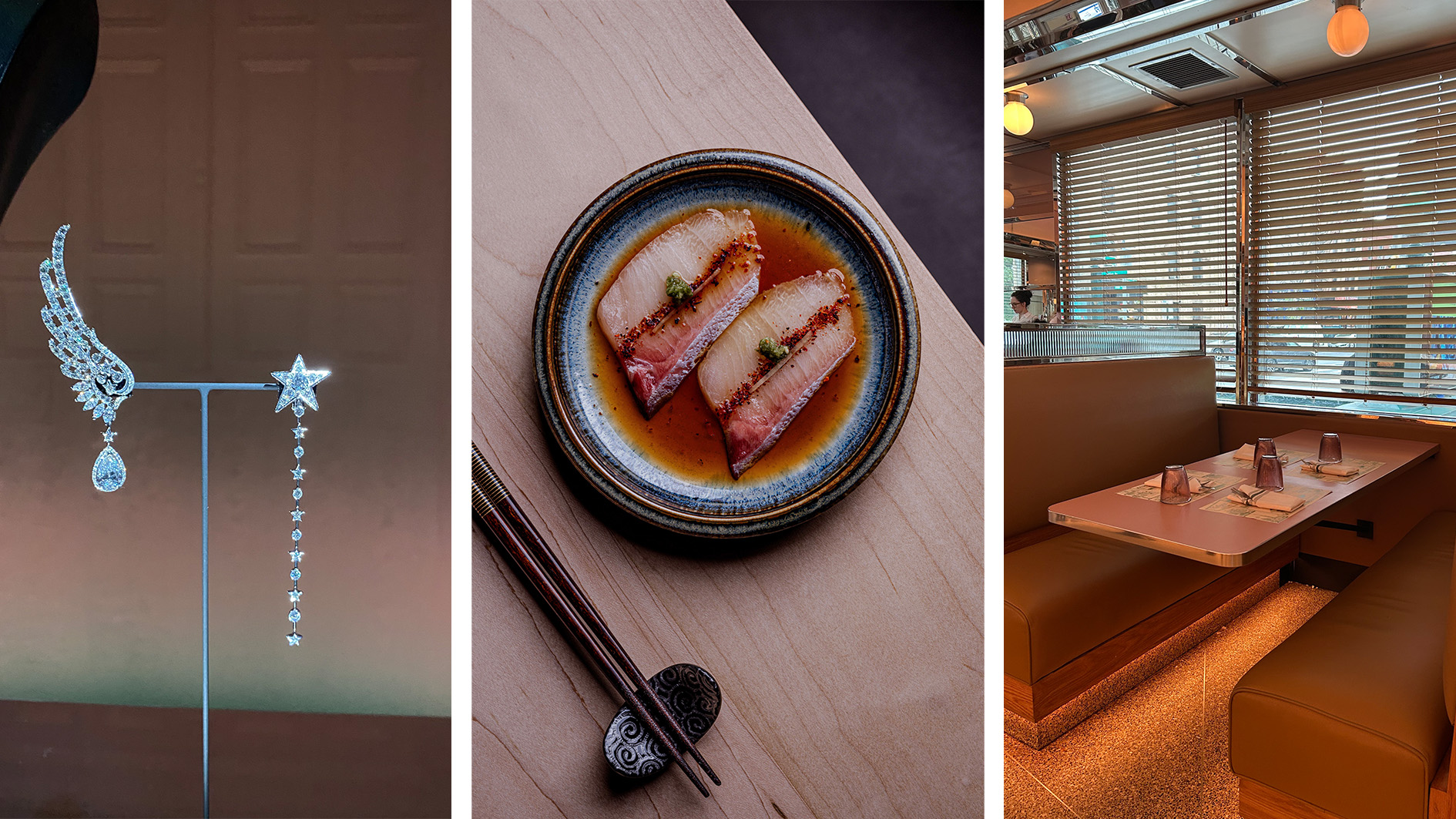 Out of office: the Wallpaper* editors’ picks of the week
Out of office: the Wallpaper* editors’ picks of the weekIt was a jam-packed week for the Wallpaper* staff, entailing furniture, tech and music launches and lots of good food – from afternoon tea to omakase
-
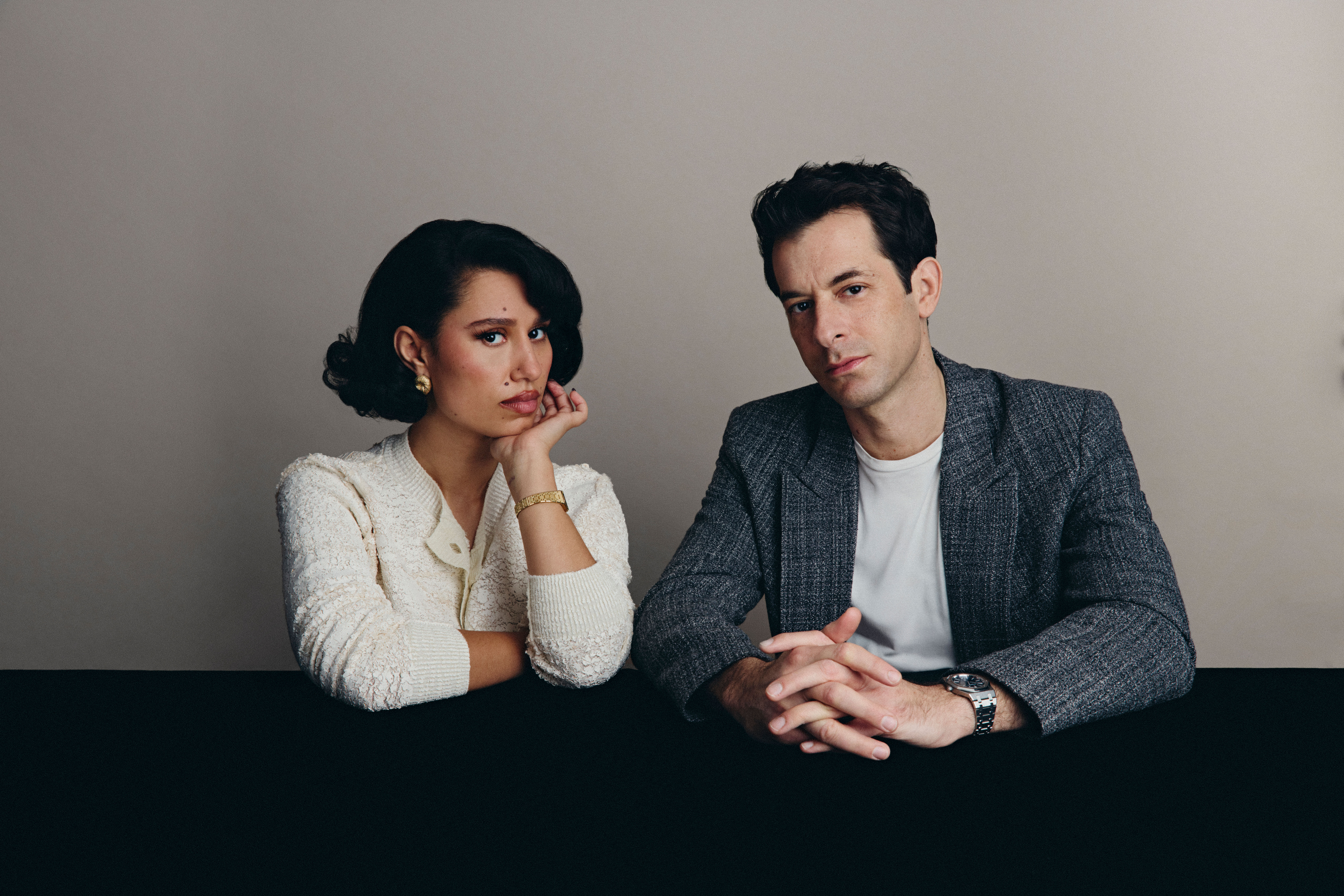 Mark Ronson and Raye team up on jazzy summer anthem, 'Suzanne'
Mark Ronson and Raye team up on jazzy summer anthem, 'Suzanne'The collaboration marks 150 years of Audemars Piguet
-
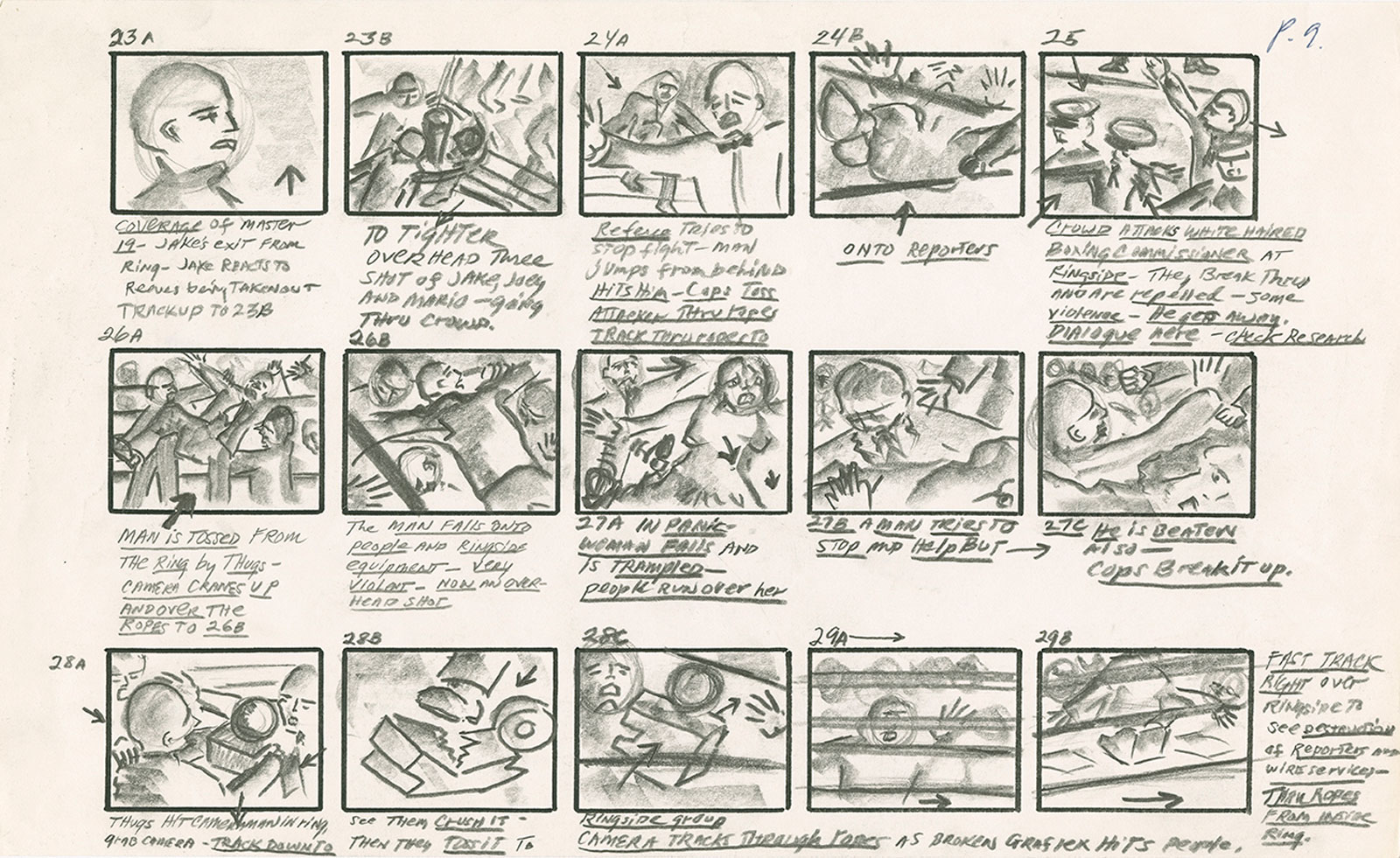 The creative mind at work: a century of storyboarding at Fondazione Prada
The creative mind at work: a century of storyboarding at Fondazione PradaFondazione Prada’s 'Osservatorio, A Kind of Language: Storyboards and Other Renderings' features some of the most celebrated names in cinema working from the late 1920s up to 2024
-
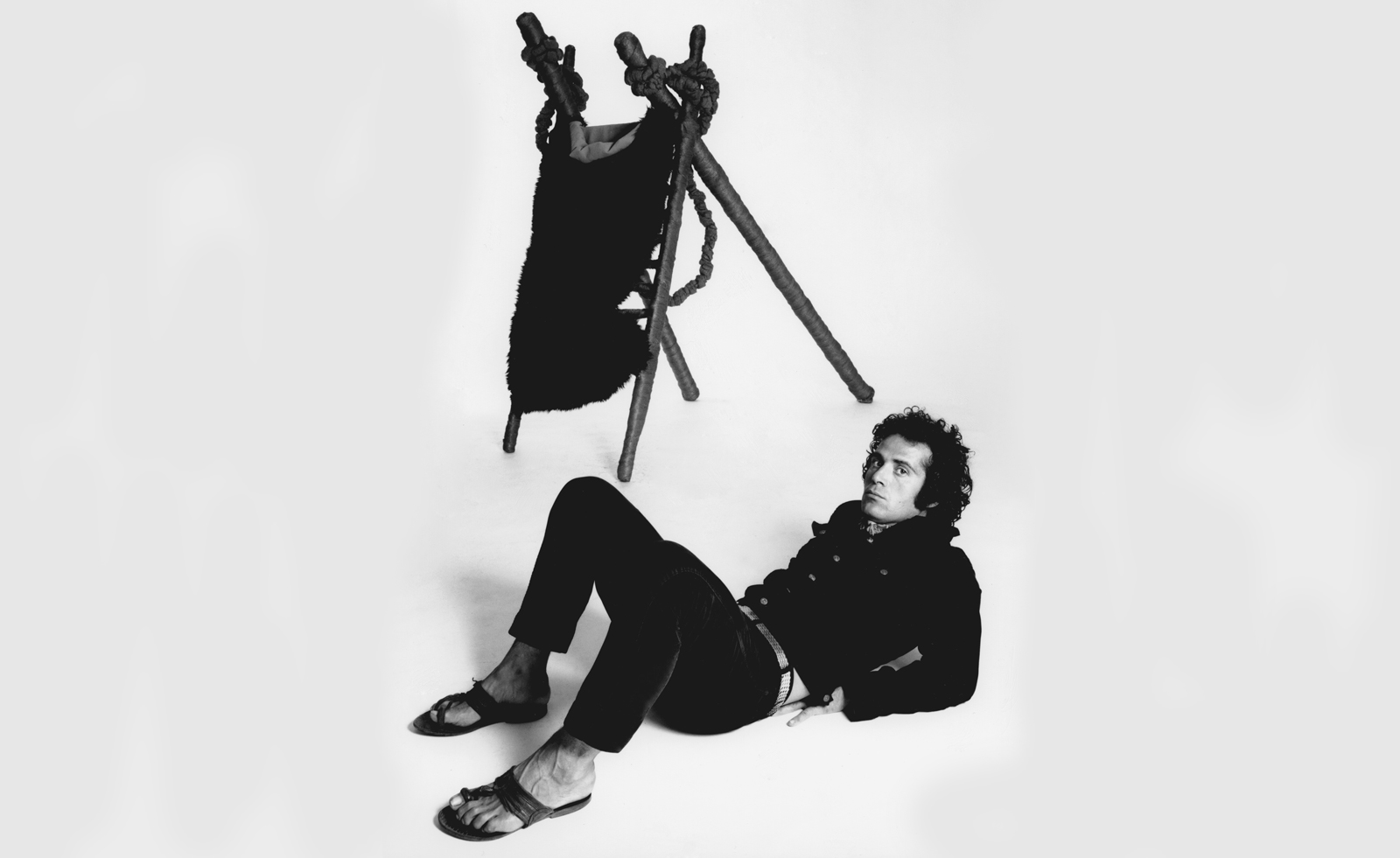 Pino Pascali’s brief and brilliant life celebrated at Fondazione Prada
Pino Pascali’s brief and brilliant life celebrated at Fondazione PradaMilan’s Fondazione Prada honours Italian artist Pino Pascali, dedicating four of its expansive main show spaces to an exhibition of his work
-
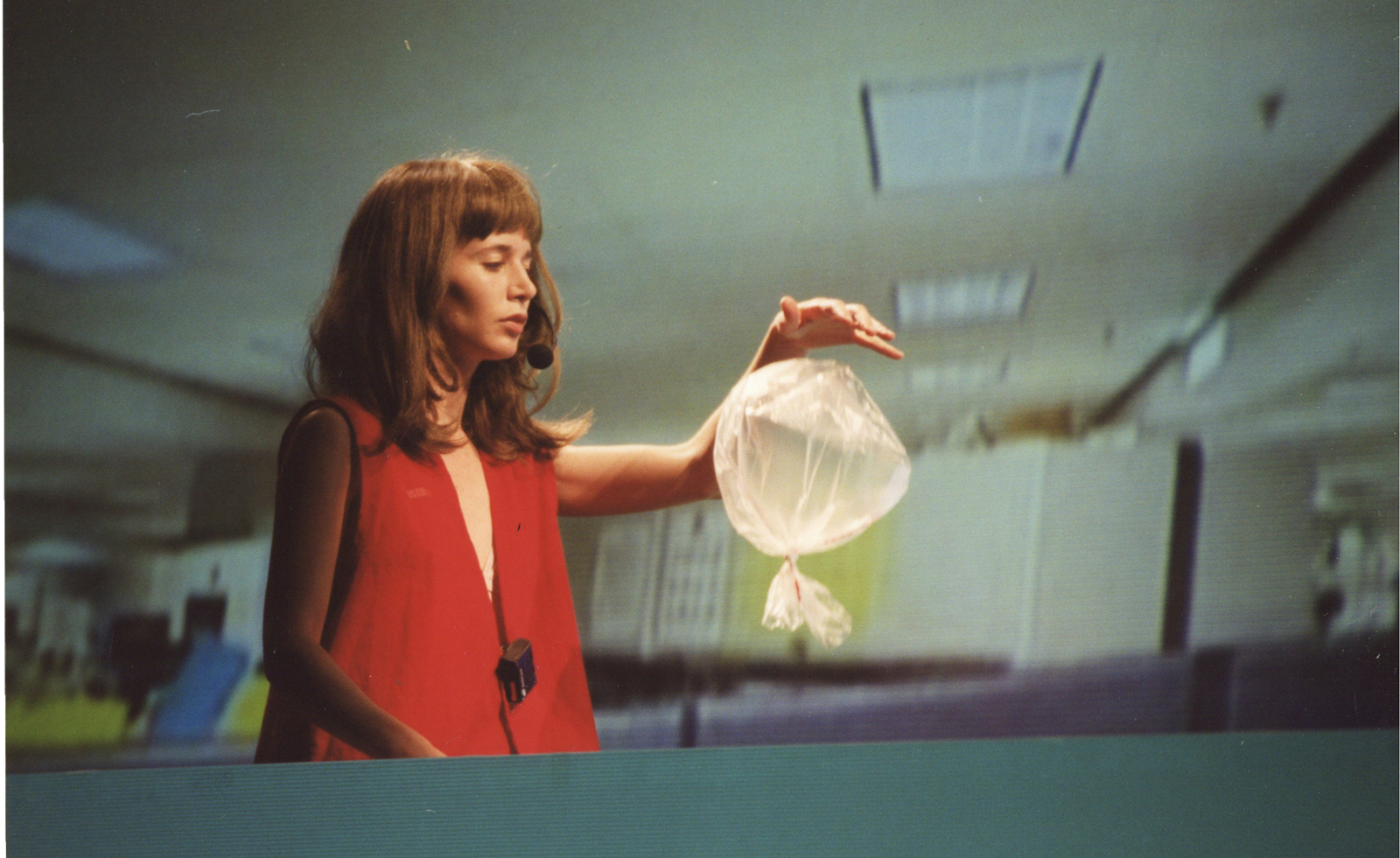 Miranda July considers fantasy and performance at Fondazione Prada
Miranda July considers fantasy and performance at Fondazione Prada‘Miranda July: New Society’ at Fondazione Prada, Milan, charts 30 years of the artist's career
-
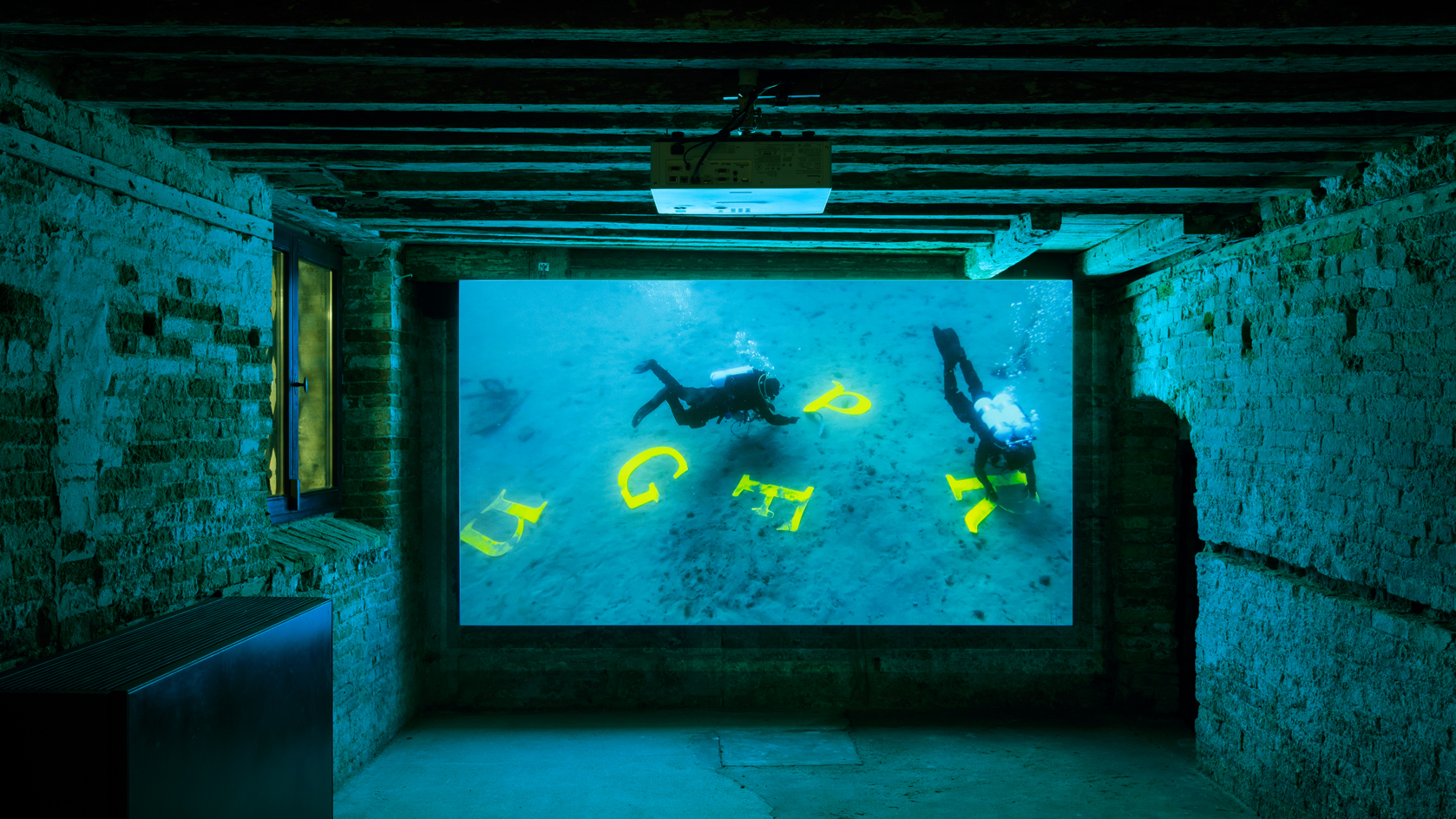 Fondazione Prada exhibition is an ode to a vanishing Venice
Fondazione Prada exhibition is an ode to a vanishing VeniceAt Fondazione Prada’s 18th-century Venice palazzo, group exhibition ‘Everybody Talks About the Weather’ straddles beauty and fear and probes Venice’s precarious environmental future
-
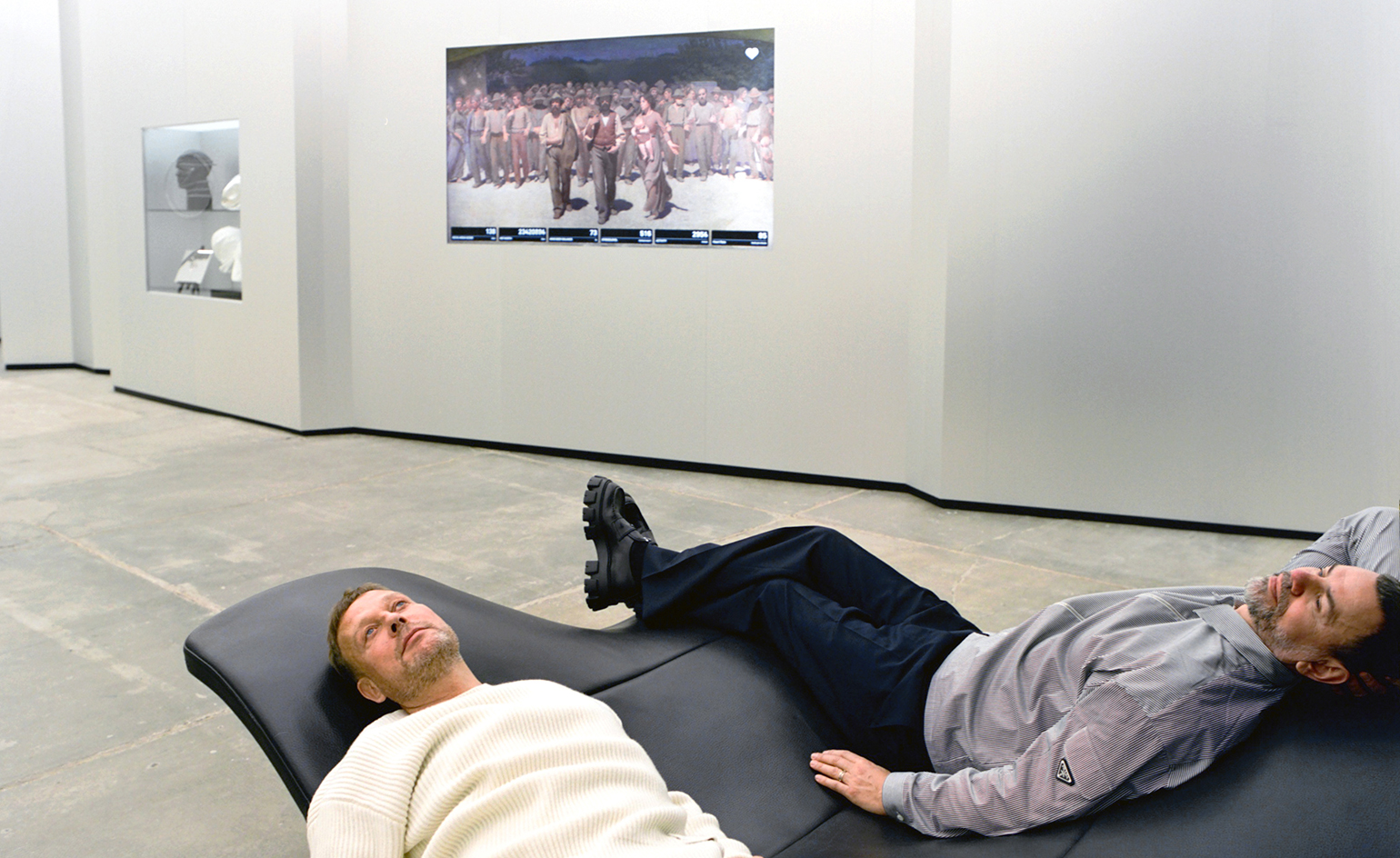 Elmgreen & Dragset in Milan: bodies, minimalism and home discomforts
Elmgreen & Dragset in Milan: bodies, minimalism and home discomfortsElmgreen & Dragset’s new show at Milan’s Fondazione Prada is an uncanny exploration of our dematerialising bodies and increasingly discomforting homes
-
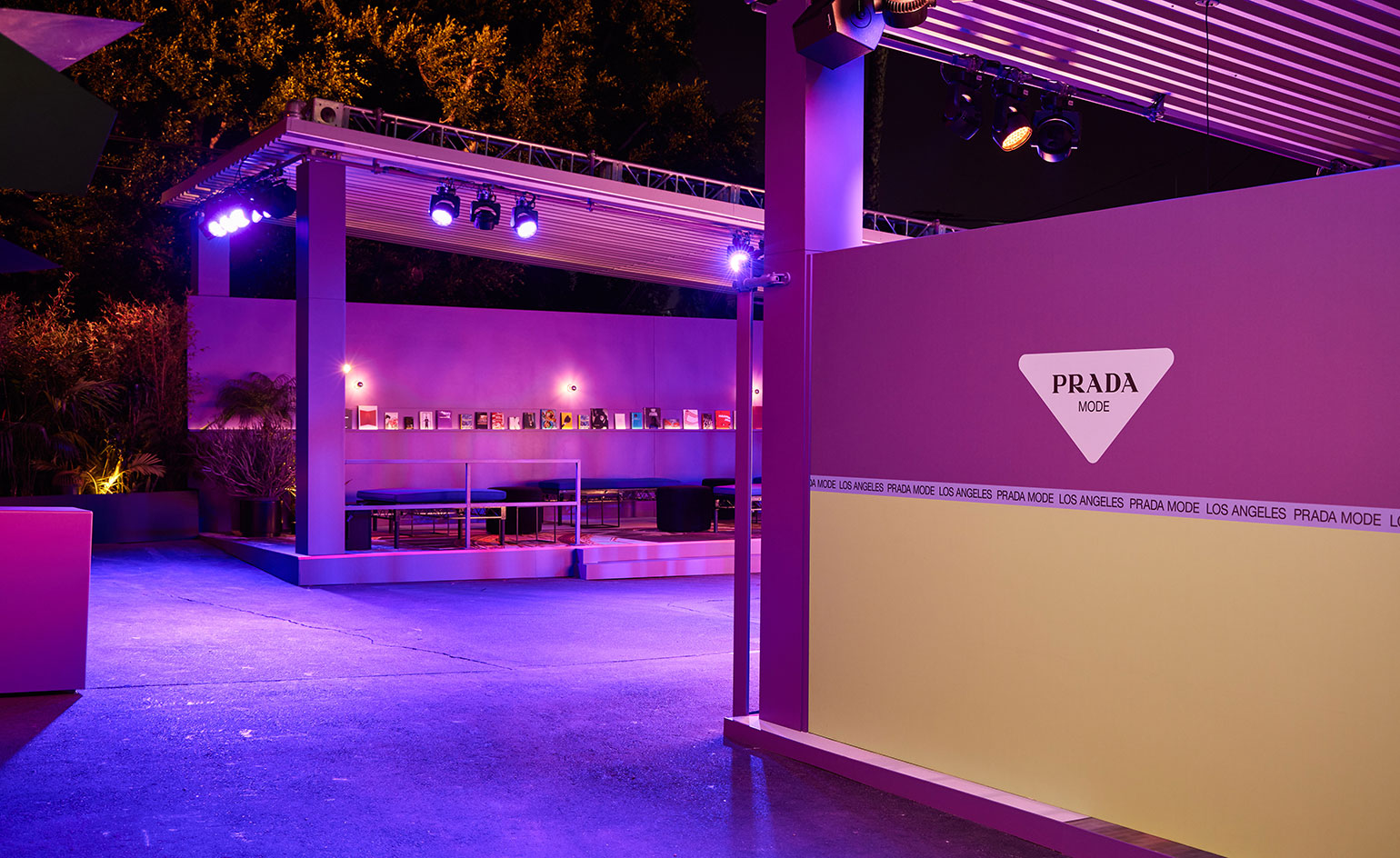 Fashion's finest moments at Frieze Los Angeles 2022
Fashion's finest moments at Frieze Los Angeles 2022